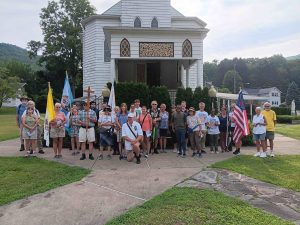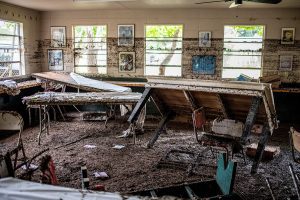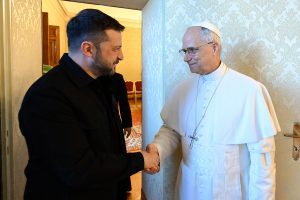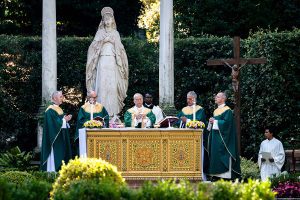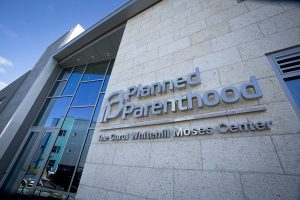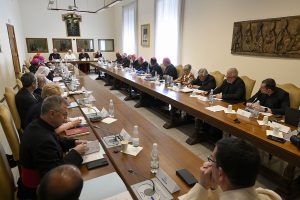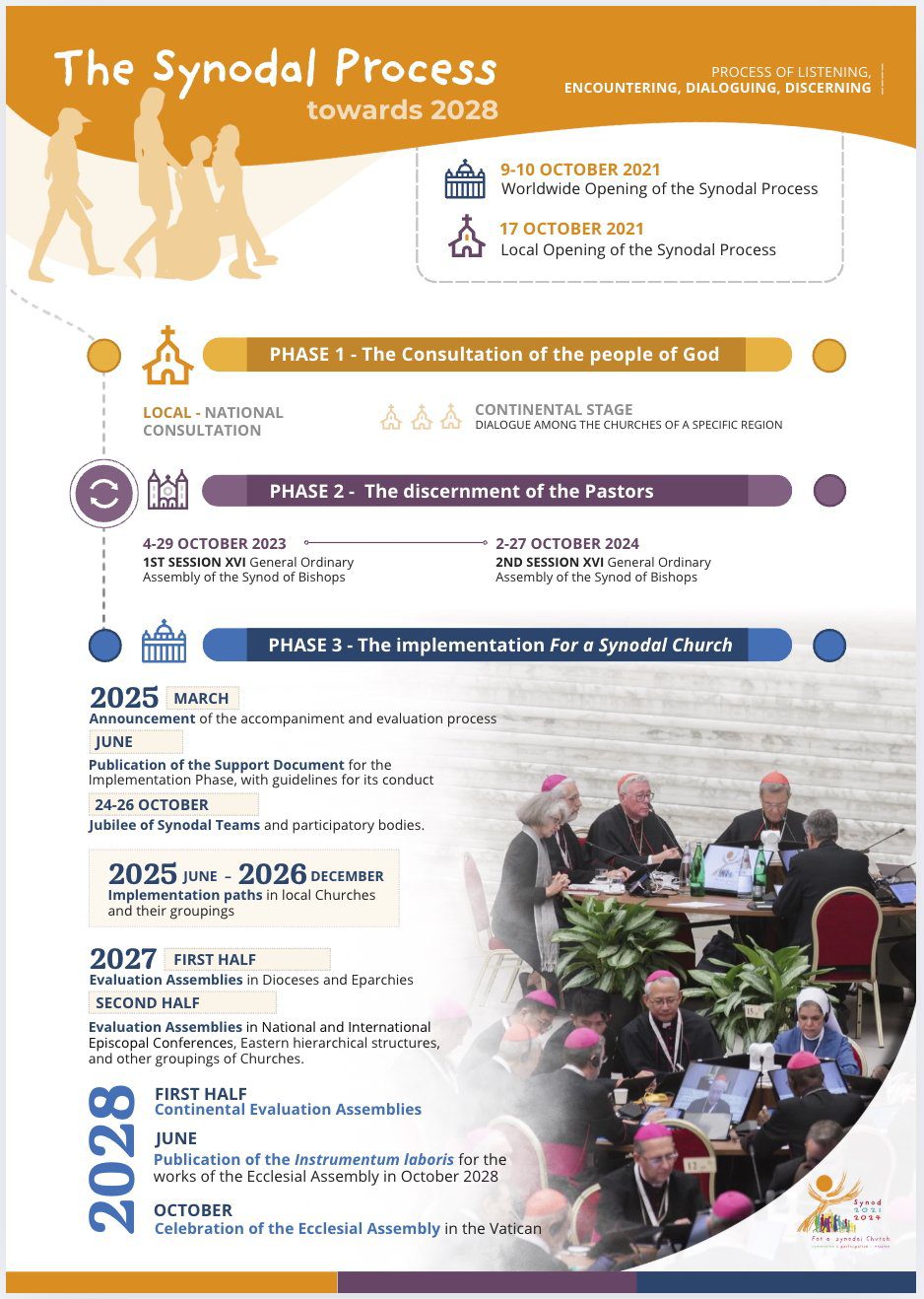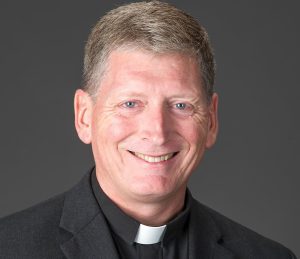VATICAN CITY (CNS) – Pope Leo XIV called on every parish and church group or association to become part of a “revolution” of care and gratitude by regularly visiting older people.
“Christian hope always urges us to be more daring, to think big, to be dissatisfied with things the way they are,” the pope wrote in his message for World Day of Grandparents and the Elderly, a church celebration that will take place July 27.
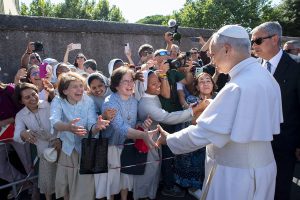
“In this case, it urges us to work for a change that can restore the esteem and affection to which the elderly are entitled,” he wrote in the message released July 10.
The pope’s message expanded on the theme chosen for this year’s world day, which was taken from the Book of Sirach: “Blessed are those who have not lost hope.”
The 2025 celebration marks the fifth edition of World Day for Grandparents and the Elderly and Pope Leo’s first message for the day. Pope Francis instituted the world day in 2021; it is observed each year on the fourth Sunday of July, close to the liturgical memorial of Sts. Joachim and Anne, the grandparents of Jesus.
In his message for this year’s celebration, Pope Leo said the Jubilee Year, which is a time of liberation from injustice and inequality, is an appropriate time for all the faithful to help older people “experience liberation, especially from loneliness and abandonment.”
To help everyone participate in the Holy Year, especially those who are physically unable to make a pilgrimage to Rome, the Dicastery for Laity, Family and Life created a pastoral kit with suggestions for holding a Jubilee celebration in places where the elderly live.
“The grace of the Jubilee is always for everyone!” the dicastery wrote, indicating that the kit and other resources are available at www.laityfamilylife.va.
“Our societies, everywhere in the world, are growing all too accustomed to letting this significant and enriching part of their life be marginalized and forgotten,” Pope Leo wrote, speaking of the elderly.
“Given this situation, a change of pace is needed that would be readily seen in an assumption of responsibility on the part of the whole church,” he wrote.
“Every parish, association and ecclesial group is called to become a protagonist in a ‘revolution’ of gratitude and care, to be brought about by regular visits to the elderly, the creation of networks of support and prayer for them and with them, and the forging of relationships that can restore hope and dignity to those who feel forgotten,” he wrote.
“That is why Pope Francis wanted the World Day of Grandparents and the Elderly to be celebrated primarily through an effort to seek out elderly persons who are living alone,” Pope Leo wrote. “For this reason, those who are unable to come to Rome on pilgrimage during this Holy Year may obtain the Jubilee indulgence if they visit, for an appropriate amount of time, the elderly who are alone… making, in a sense, a pilgrimage to Christ present in them.”
The church describes an indulgence as a remission of the temporal punishment a person is due for their sins. Pilgrims are able to receive a special indulgence during the Holy Year by visiting one of four papal basilicas in Rome or other designated sites and taking part in prayer, a liturgical celebration or the sacrament of confession.
Pope Leo wrote that “visiting an elderly person is a way of encountering Jesus, who frees us from indifference and loneliness.”
“Embracing the elderly helps us to understand that life is more than just the present moment, and should not be wasted in superficial encounters and fleeting relationships,” he said in his message.
“If it is true that the weakness of the elderly needs the strength of the young, it is equally true that the inexperience of the young needs the witness of the elderly in order to build the future with wisdom,” his message said.
Grandparents offer examples of “faith and devotion, civic virtue and social commitment, memory and perseverance amid trials,” he wrote. “The precious legacy that they have handed down to us with hope and love will always be a source of gratitude and a summons to perseverance.”
Speaking as an older person, Pope Leo, who will turn 70 in September, wrote, “We possess a freedom that no difficulty can rob us of: it is the freedom to love and to pray,” and to be there for one another in faith as “shining signs of hope.”
“Let us lovingly pass on the faith we have lived for so many years, in our families and in our daily encounter with others,” he wrote. “May we always praise God for his goodness, cultivate unity with our loved ones, open our hearts to those who are far away and, in particular, to all those in need.”
“In this way, we will be signs of hope, whatever our age,” he wrote.


